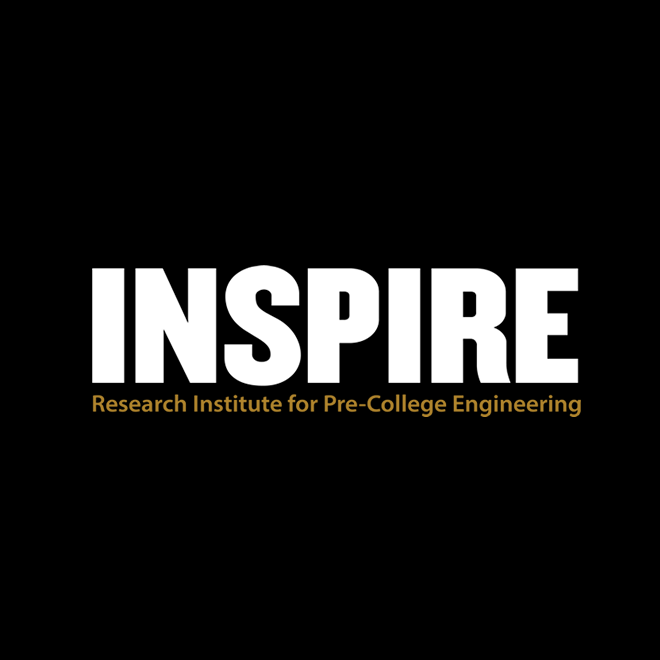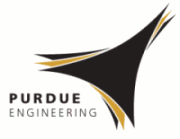Abstract
Novel Engineering activities are premised on the integration of engineering and literacy: students identify and engineer solutions to problems that arise for fictional characters in stories they read for class. There are advantages to this integration, for both engineering and literacy goals of instruction: the stories provide ‘‘clients’’ to support students’ engagement in engineering, and understanding clients’ needs involves careful interpretation of text. Outcomes are encouraging, but mixed, in part owing to variation in how students frame the task. For instance, although students often pay close attention to the stories, interpreting and anticipating their fictional clients’ needs, they sometimes focus more on the teacher and what they think she would like to see. This variation occurs both within and across groups of students, and it motivates studying the dynamics of student framing. Here, we examine a pair of students who share a central objective of designing an optimal solution for their fictional client, and who persist in achieving their objective. We argue that the students’ stable framing of the activity involves their engagement in engineering design, and that the abilities they demonstrate in pursuit of a solution are evidence of their productive beginnings in engineering design.
Recommended Citation
McCormick, M. E.,
&
Hammer, D.
(2016).
Stable Beginnings in Engineering Design.
Journal of Pre-College Engineering Education Research (J-PEER), 6(1), Article 4.
https://doi.org/10.7771/2157-9288.1123


